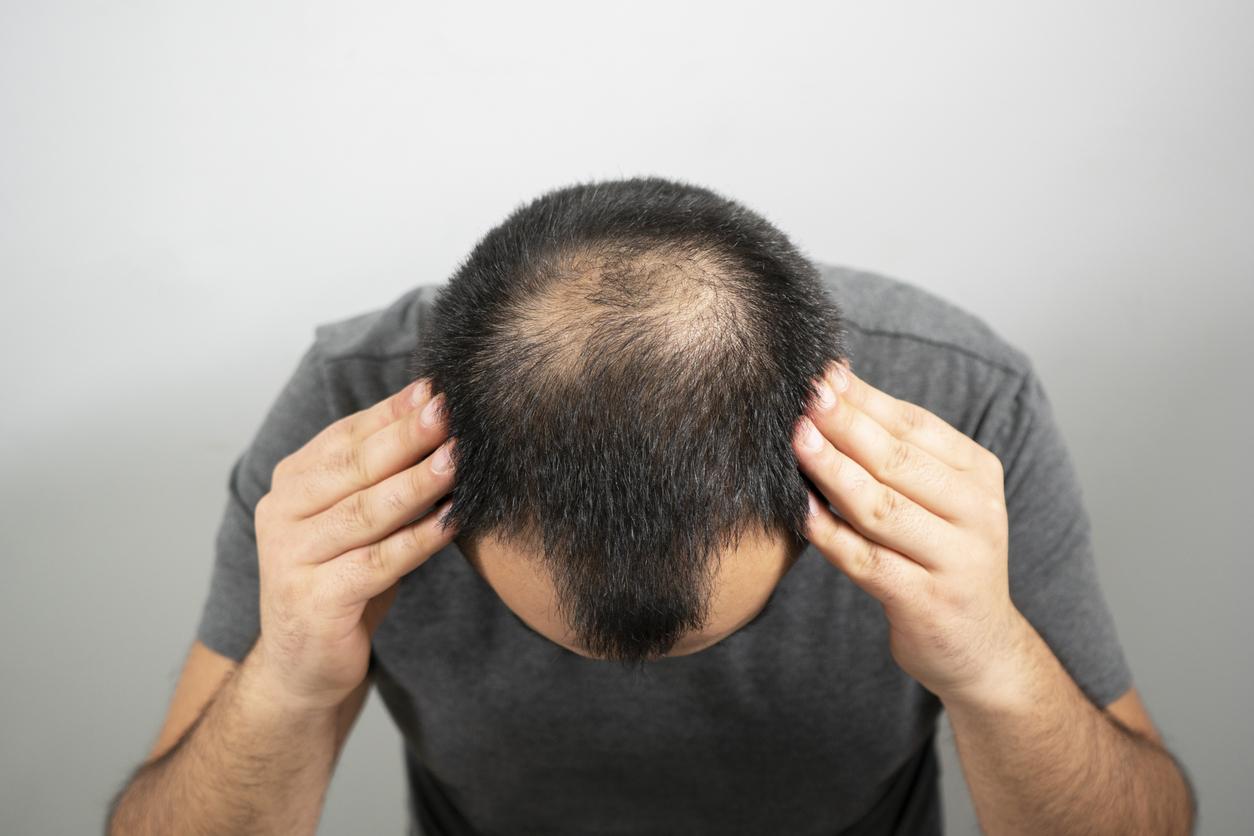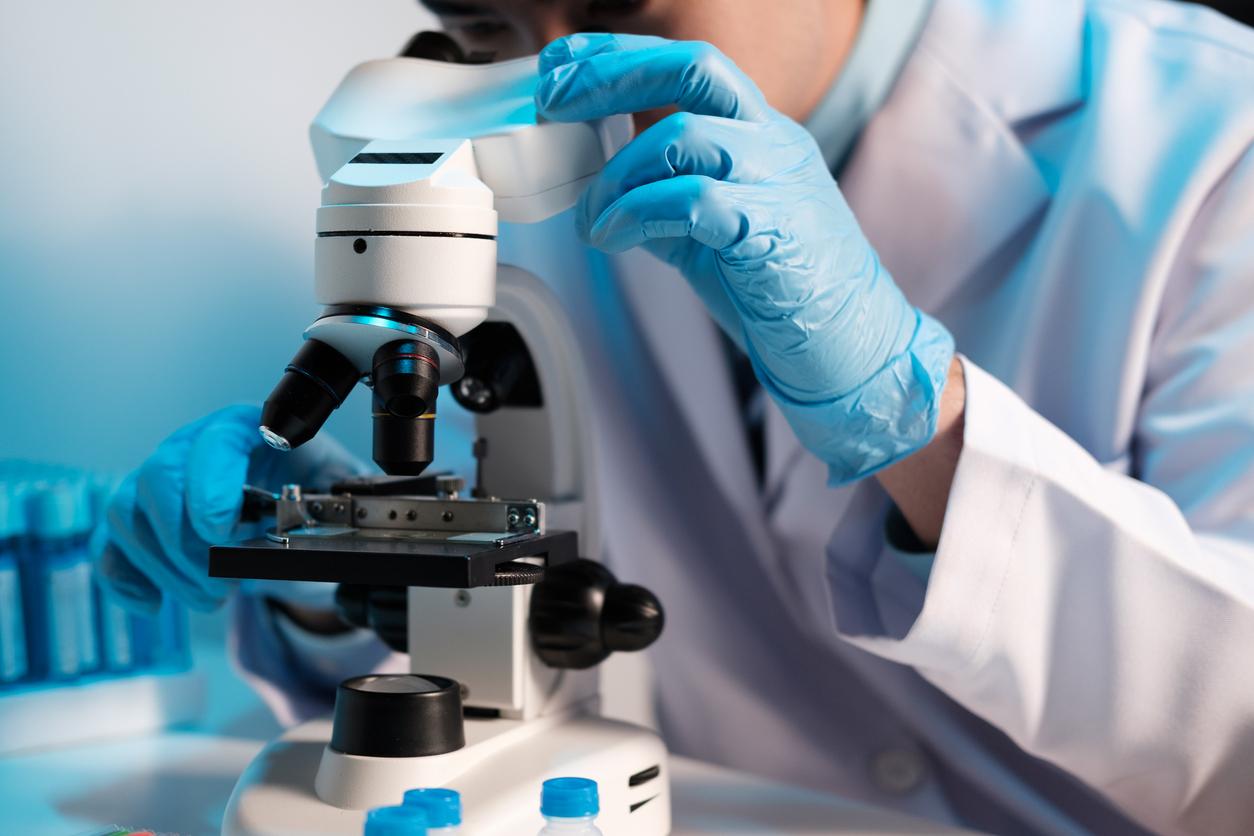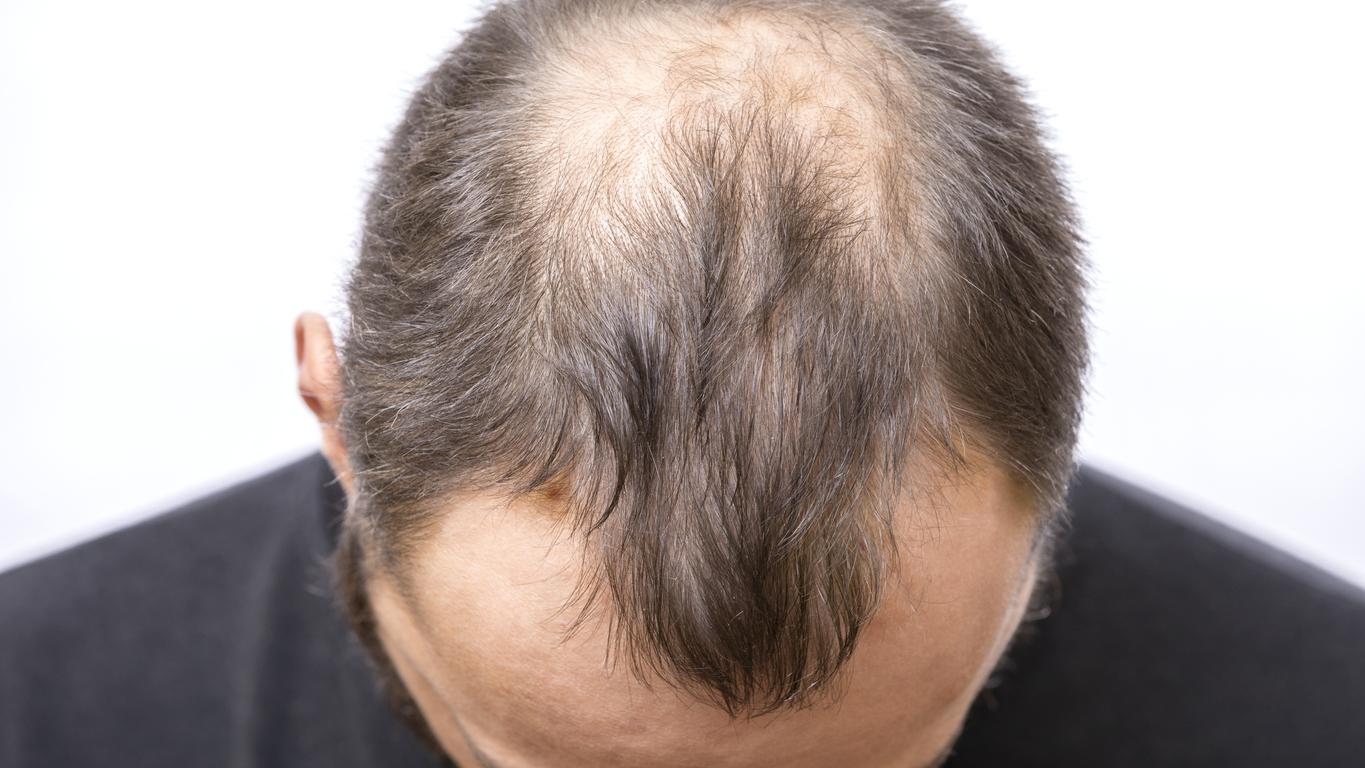Originally designed for the treatment of osteoporosis, a drug is said to have the side effect of dramatically stimulating hair growth from transplanted hair follicles. New hope for women and men suffering from baldness.
In France, 10 million men and 2 million women suffer from alopecia, that is to say acceleration of hair loss or body hair. A serious problem that can lead to complexes and deep discomfort. Scientists have developed several treatments to stimulate hair regrowth. A molecule found in McDonald’s fries would even be effective.
Indeed, last February, dJapanese scientists have succeeded in regrowing hair on mice thanks to a chemical ingredient. It makes it possible to manufacture hair follicle germs. These cells help develop hair follicles, and thus fight against hair loss and baldness. This is the first time that this germ has been recreated in such large proportions during a scientific study. Their method made it possible to produce 5,000 follicle germs at once. This hair treatment would be effective in men only.

After years of research and treatment trials, it may be a drug originally designed to fight osteoporosis that will overcome baldness, or androgenetic alopecia.
Currently, only two drugs are available on the market to treat male pattern baldness: minoxidil and finasteride. However, in addition to their side effects, both produce disappointing hair regrowth results, forcing patients to turn to transplants for their hair back.
A doctoral project led by Dr Nathan Hawkshaw looked at developing new ways to stimulate human hair growth, with the hope of finding a new treatment for baldness. His work has been published in the journal PLOS Biology.
Cyclosporin A as a treatment
Attached to the Dermatology Research Center at the University of Manchester, England, Dr Hawkshaw and his team began by analyzing an immunosuppressive drug long known to cause hair growth as a side effect: cyclosporin A ( That’s it).
Frequently used since the 1980s, cyclosporin A prevents transplant rejection and autoimmune diseases. This drug often has serious or impressive side effects. Among them is the growth of cosmetically unwanted hair.
The research team performed a comprehensive gene expression analysis of hair follicles isolated from the human scalp treated with CsA. CsA has been shown to reduce the expression of SFRP1, a protein that inhibits the development and growth of many tissues, including hair follicles.
The unprecedented study led by Dr. Hawkshaw’s team has shed light on a completely new mechanism of action for this old and widely used immunosuppressant. It also reveals that the inhibitory mechanism of SFRP1 is unrelated to the immunosuppressive activities of CsA. This makes the SFRP1 protein a very promising new therapeutic target for hair loss strategies.
The WAY-316606 molecule
But the researchers’ work did not stop there. They also found that a compound originally developed to treat osteoporosis, called WAY-316606, targets the same mechanism as CsA, specifically opposing SFRP1. Used externally, WAY-316606 effectively enhanced human hair growth in the same way as CsA, but without its side effects.
“Through our collaboration with a local hair transplant surgeon, Dr Asim Shahmalak, we were able to conduct our experiments with scalp hair follicles which had been generously donated by over 40 patients and which were then tested in scalp hair follicles. organ cultures, ”says Dr. Hawkshaw. “This makes our research very clinically relevant, as many hair research studies only use cell culture.”
Getting a bit thin on top? Unwanted side-effects of #immunosuppressant drug #CyclosporineA led researchers to a novel strategy for treating human #HairLoss disorders by manipulating #Wnt pathway. #baldness #PLOSBiology https://t.co/Vqy6iuXgHD pic.twitter.com/HEnSrpT5Y8
– PLOS Biology (@PLOSBiology) May 9, 2018
Until now, the WAY-316606 molecule “had never been considered in a context of hair loss”, continues the specialist, who affirms that it “could one day make a real difference for people suffering from baldness”. However, he added, a clinical trial is still needed to ensure that the drug is effective and safe in patients with hair loss.
Conquer baldness with McDonald’s
In France, 10 million men and 2 million women suffer from alopecia, that is to say acceleration of hair loss or body hair. A serious problem that can lead to complexes and deep discomfort. Scientists have developed several treatments to stimulate hair regrowth. A molecule found in McDonald’s fries would even be effective.
Indeed, last February, dJapanese scientists have succeeded in regrowing hair on mice thanks to a chemical ingredient. It makes it possible to manufacture hair follicle germs. These cells help develop hair follicles, and thus fight against hair loss and baldness. This is the first time that this germ has been recreated in such large proportions during a scientific study. Their method made it possible to produce 5,000 follicle germs at once. This hair treatment would be effective in men only.
The miracle ingredient that allowed researchers to achieve this result is oxygen permeable dimethylpolysiloxane. This product is put in the oil of the fryers of the American giant of the burger. It prevents the oil from foaming and spraying, which could cause burns. Its effects on baldness are partly related to the fact that this substance allows oxygen to pass through.
What causes baldness?
There are several factors to consider, but theis the main cause of baldness is an excess of male hormones (androgenic alopecia). A study conducted in February 2017 by the University of Edinburgh (United Kingdom) argued that the hair loss is associated with a genetic predisposition that would involve 287 genetic variants.
Most of the genetic variations identified are related to hair structure and development. The fall itself could be caused by hormonal changes. This is because genes are often located on the X chromosome and are linked to androgen receptors. “Many of the genetic signals associated with male pattern baldness come from the X chromosome, which men inherit from their mothers,” said study author Saskia Hagenaars at the time.
.















